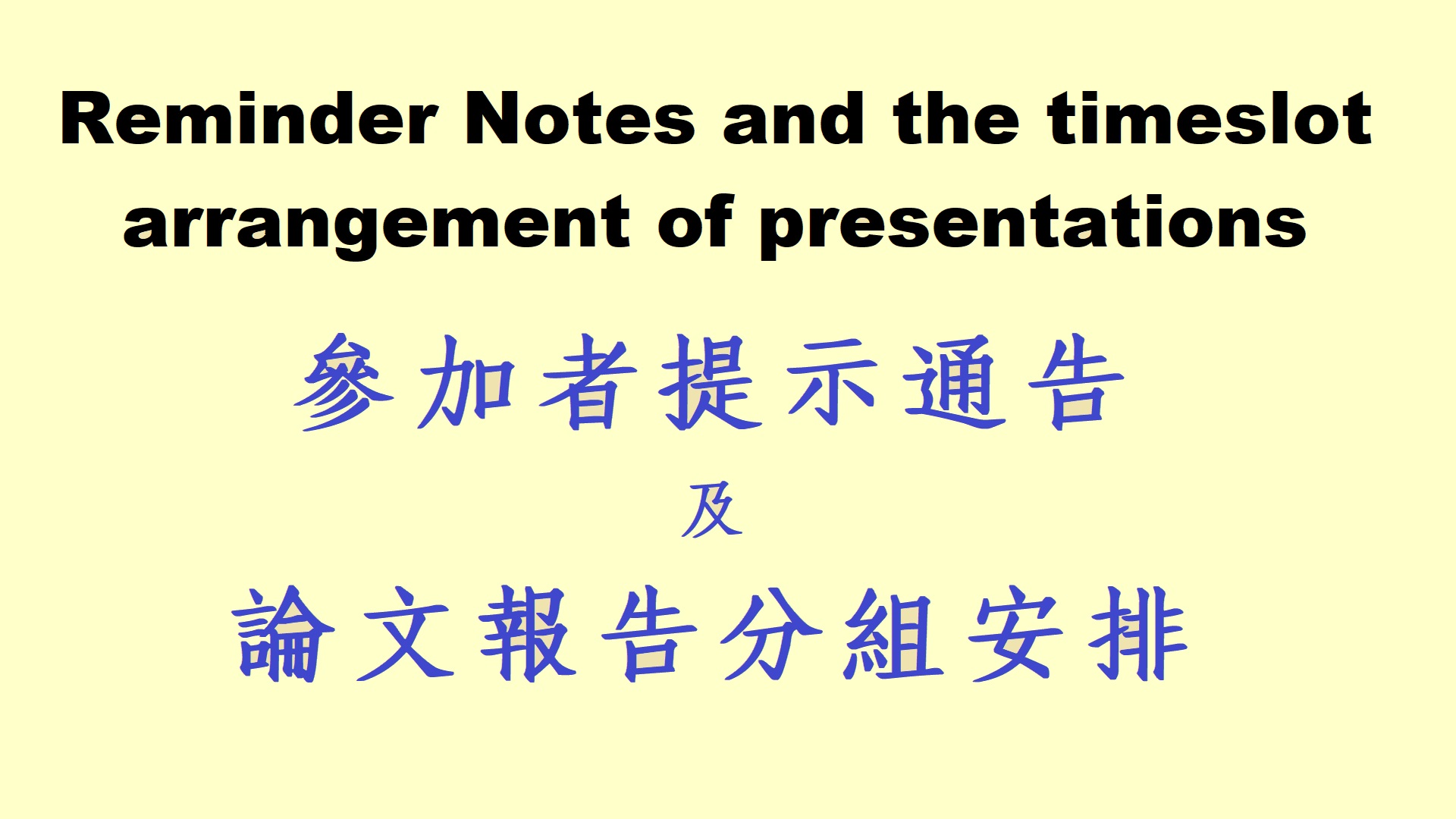Call for Papers
CASLAR-5 invites proposals for presentations that are related to research, and theory in any area of Chinese as a Second Language (CSL). Those wishing to participate should prepare abstracts for 20-minute presentations (15 minutes plus 5 minute Q & A). Below there are some suggested categories for topics, though submissions need not be limited to these areas.
Suggested Topic Areas:
Acquisition and development of CSL (Chinese as a Second Language)
Role of culture in the acquisition of CSL
Research-based language teaching methodology for Chinese as a second / foreign language
Pragmatics of using Chinese as a second language
Cognitive aspects of CSL acquisition
Distance learning in CSL
Technology and CSL
Computer-mediated communication in CSL
Acquisition of Chinese grammar and vocabulary
Chinese character acquisition and recognition
Acquisition of prosody in CSL
Discourse in CSL
Designing materials for CSL SL instruction
Conceptual socialization in the process of developing CSL
Application of linguistic theories to Chinese L2 data
Motivation to learn Chinese
Effect of CSL on L1
Assessment of proficiency in CSL
Submissions:
Abstract Submission Deadline: 20 November 2017 (The submission deadline has been extended to 20 December 2017)
Submissions should be made via our online submission system:
http://linguistlist.org/confservices/customhome.cfm?Emeetingid=6702JA4458566A5E40A050441
Submission Guidelines:
Please make sure the following information is included in the MS Word / PDF file when you submit your abstract to the online system:
- Name(s) of author(s)/presenter(s)
- E-mail of corresponding author
- Your name, affiliation, and title
- Abstract
- Not more than five keywords (please refer to the aforementioned “Suggested Topic Areas”)
Abstract:
Abstracts should be written in English or Chinese. Abstract length: Maximum 350 words (or about 600 traditional or simplified Chinese characters) with title and keywords (A4 or Letter size, 12 points and single-spaced). The abstract should summarize the purpose of the study, methods, main results, and implications (if relevant).










